Cetological Compendium of Vitubia
Most of Vitubia's surface is covered by saltwater oceans, these immense expanses form the largest ecosystems on the planet, as well as host the majority of its biomass. In these oceans, certainly the infraorder with the most presence in the popular consciousness of many nations is its cetaceans. These beasts have had a significant cultural, economical and even theological impact on the cultures exposed to them. This document aims to be a succinct summary of some species that might be encountered in whaling activities.
Mysticetes
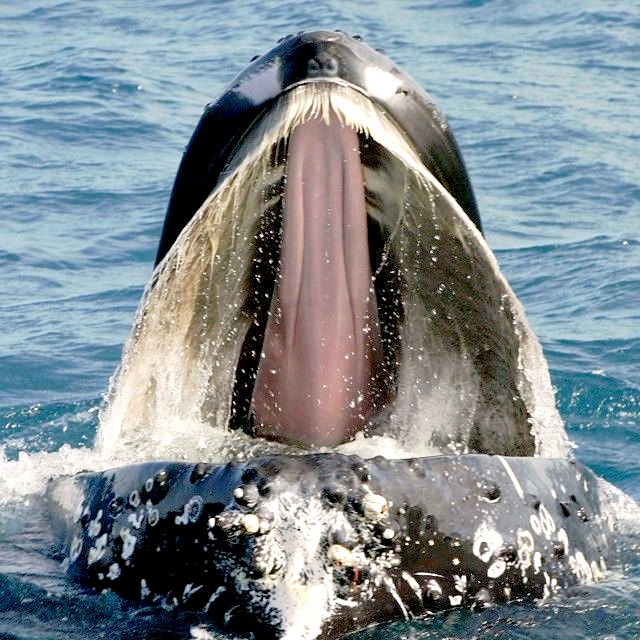
Mysticetes, or baleen whales, are the most commonly hunted type of whale. They are distinguished by their use of filter-like teeth (baleens) to engulf groups of krill before expelling the water from their mouth and eating their minuscule prey. Their migration patterns are based on the seasons, usually taking them to the poles in summer and to the tropics in winter. This maximizes the amount of krill found in the waters through which they travel.
Rorquals (Balaenopteridae)
Architected Rorqual
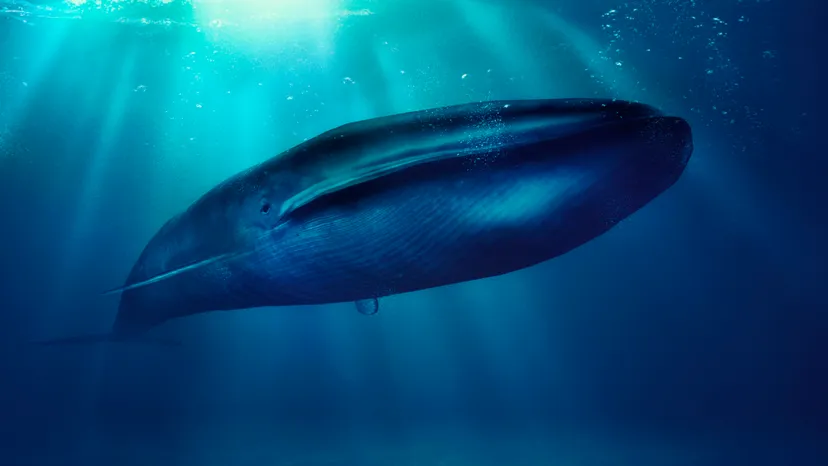
Location: Migrates between the coasts of /ggg/ and the Maximus Ocean
Birthing Behaviour: Calves are birthed and raised in the /ag/ waters.
Physical Characteristics: One of the largest and heaviest whale species on average.
Heavenly Rorqual

Location: Migrates between the Heavenly Ocean tropics and the two Polar Oceans. Found in great numbers on the South-West coast of the Corpo-Liberal continent.
Sail Whale
Location: Found all over the Kizuna and Ailivian Oceans.
Ailivian Humpback Whale
Location: Migrates between the South Ailivian Ocean and the Maximus Ocean.
Heavenly Humpback Whale
Location: Migrates between Corpo-Liberal continent seas and bays and the Maximus Ocean
Birthing Behaviour: Calves are birthed near the north of the Corpo-Liberal continent
Right Whales (Balaenidae)
Ailivian Right Whale
Location: Migrates between the Ailivian Ocean and the Northern Council coast.
Pomura's Whale
Location: Migrates between the East Nijicontinent coast, and the Maximus Ocean.
Odotoncetes

Odotoncetes, or cone-toothed whales, make up much of the apex predator class of the oceanic biome. These predatory whales tend to be intelligent hunters who specialize in the hunting of specific prey.
Seishijiras (Physeteridae)
Common Ram Whale
Location: Found in all deep oceans.
Moriji Seishijira
Location: Migrates between Moriji hydrothermal fault lines and the Kizuna Ocean coasts.
Pygmy Seishijira
Location: Found in most of the Kizuna Ocean.
Heavenly Seishijira
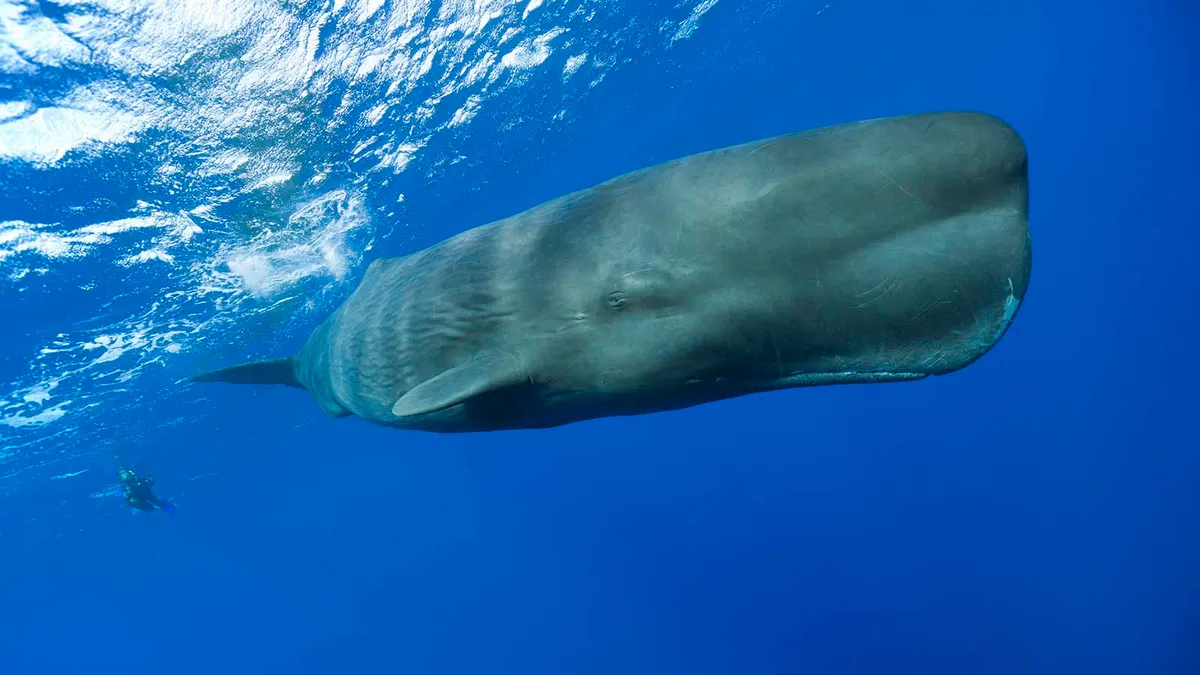
Location: Found in all the Heavenly Ocean waters, far from the coasts.
Soft-Headed Ram Whale
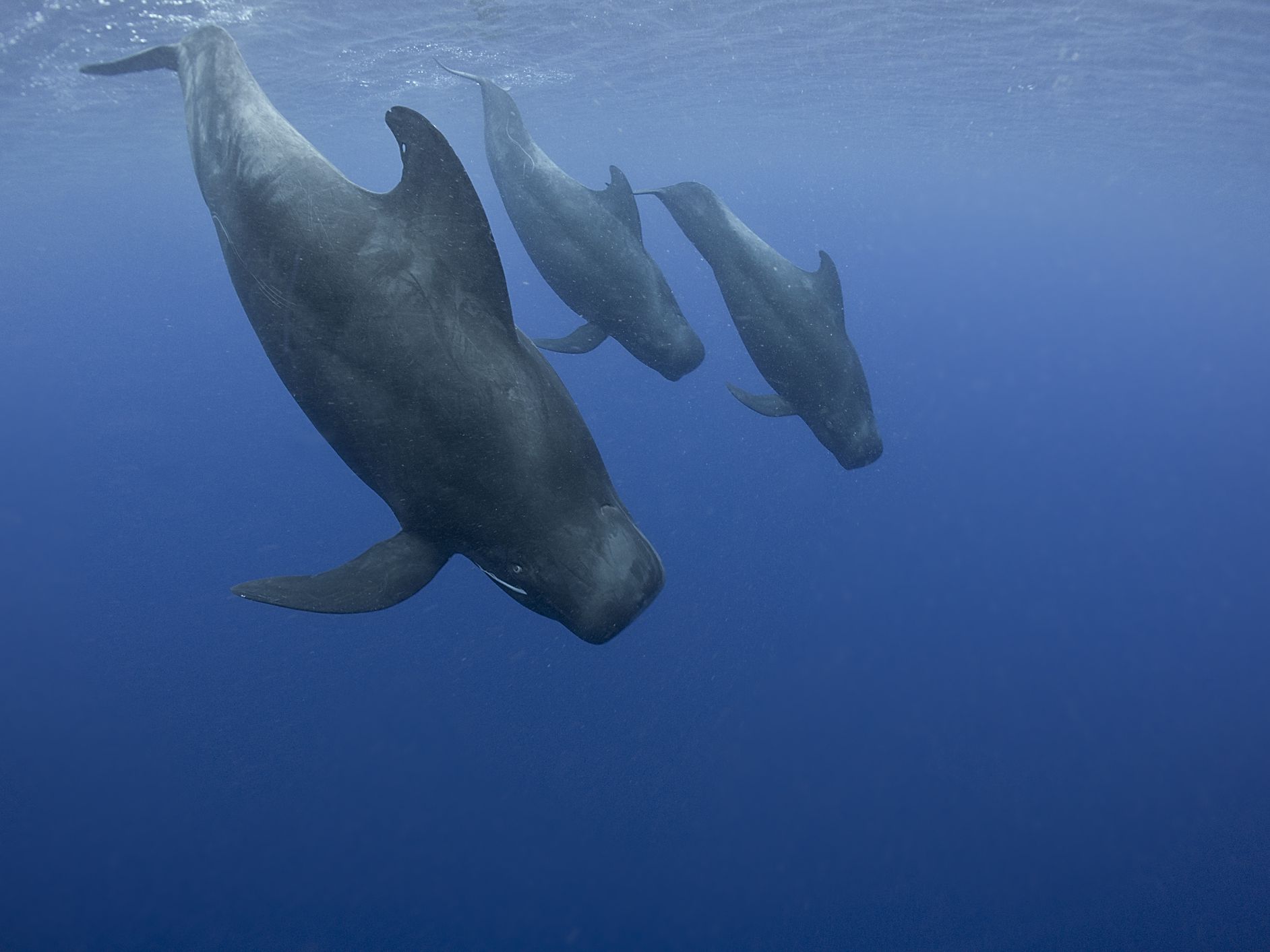
Location: Found in all the South Hemisphere.
Oceanic Dolphins (Delphinidae)
Ailivian Kawaiorca
Location: Migrates in a circular pattern in the Ailivian Ocean.
Heavenly Kawaiorca
Location: Migrates in a random pattern between Infinitum, the south tip and the north coast of the Corpo-Liberal continent.
Feeding Behaviour: Large migrating groups will split up in smaller groups upon reaching a known feeding ground.
Shy Whale

Location: Found all over the North-East coasts and bays of the Corpo-Liberal continent.
Banded Dolphin
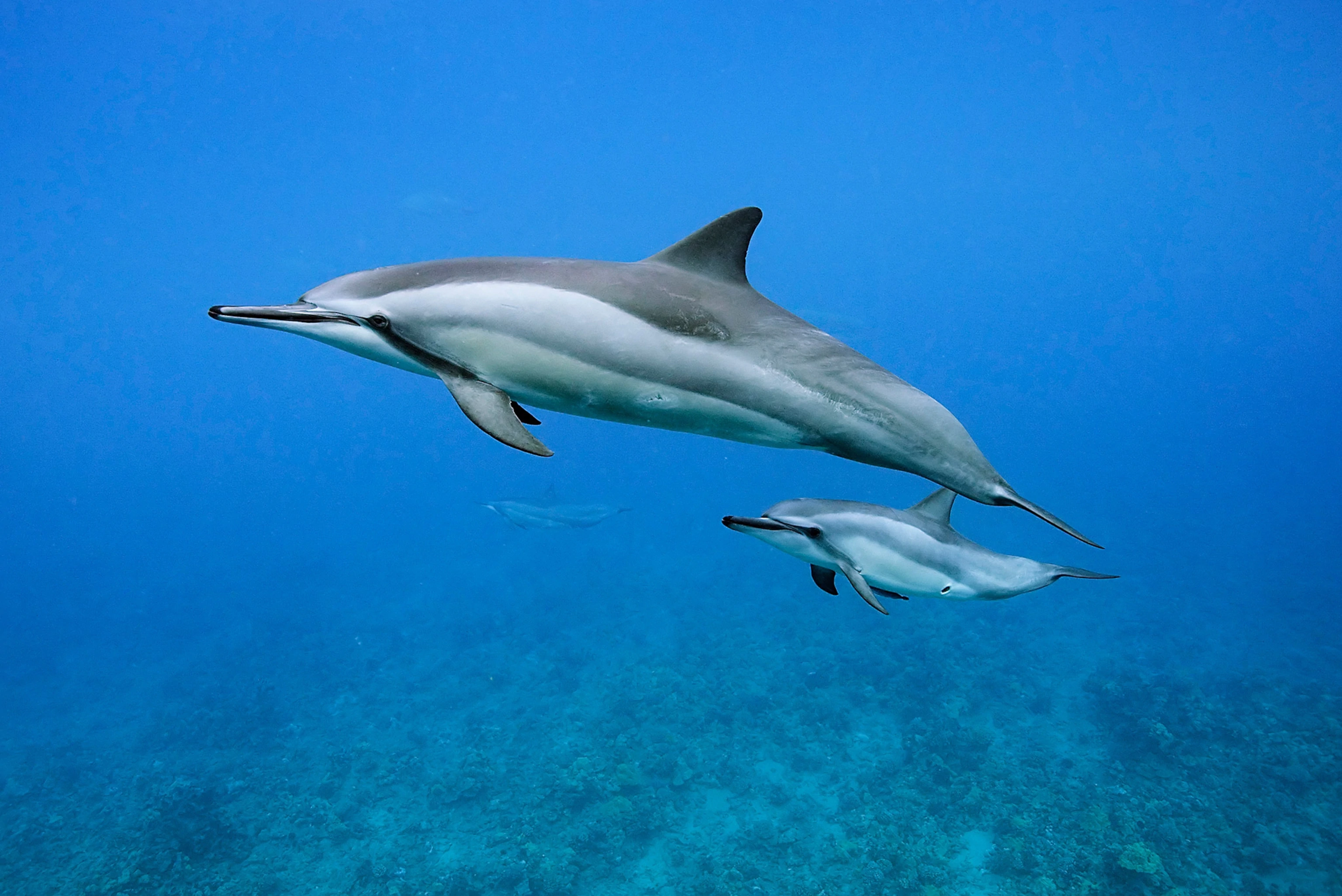
Location: Bays south of the Corpo-Liberal continent.
Feeding Behaviour: Hunts fish, cephalopods and sharks farther from the coasts, which are their resting territories.
Kimoiorca
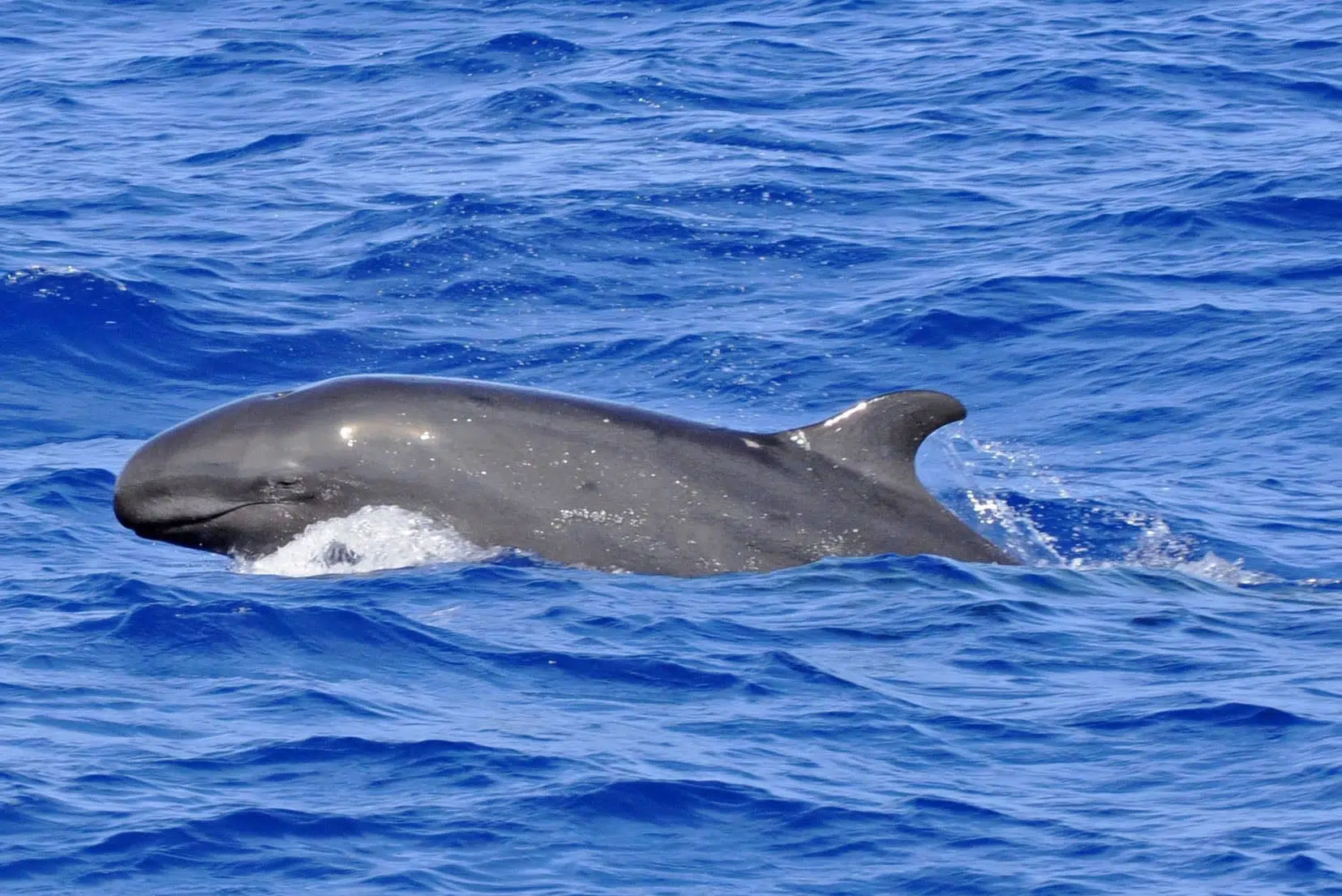
Location: South-East of the Heavenly Ocean and South-West of the Kizuna Ocean, including the south coast of the Corpo-Liberal continent.
Pygmy Kawaiorca
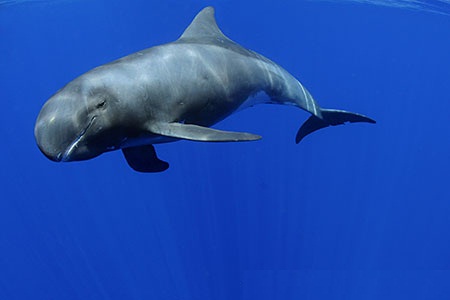
Location: Found mostly in the center of the Heavenly Ocean.
Beaked Whale
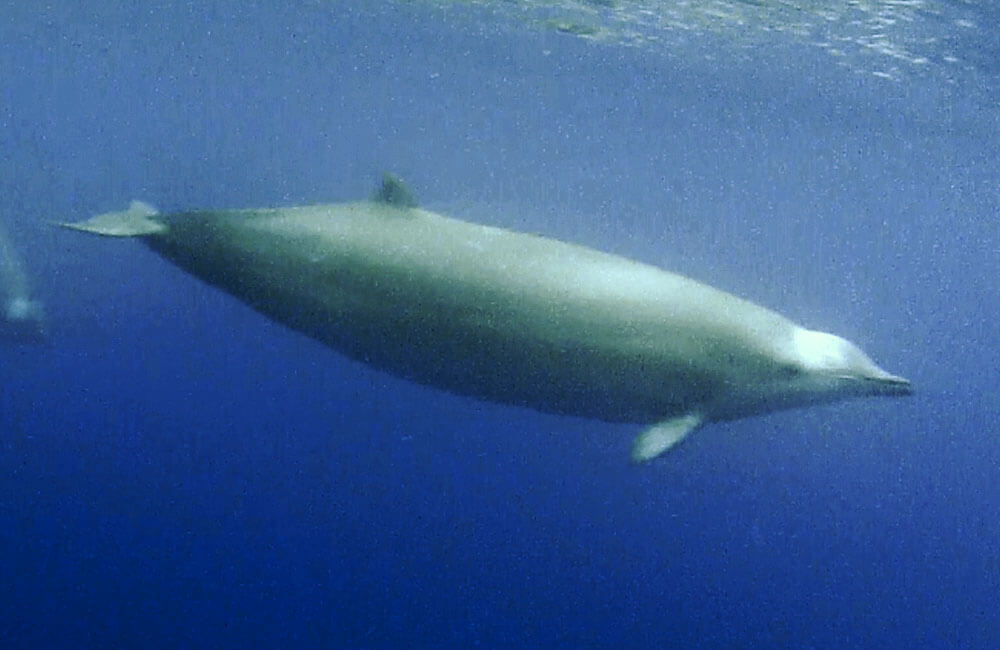
Location: Found in the depths of the Heavenly and Kizuna Oceans.
Monodontidae
Maximus Narwhal
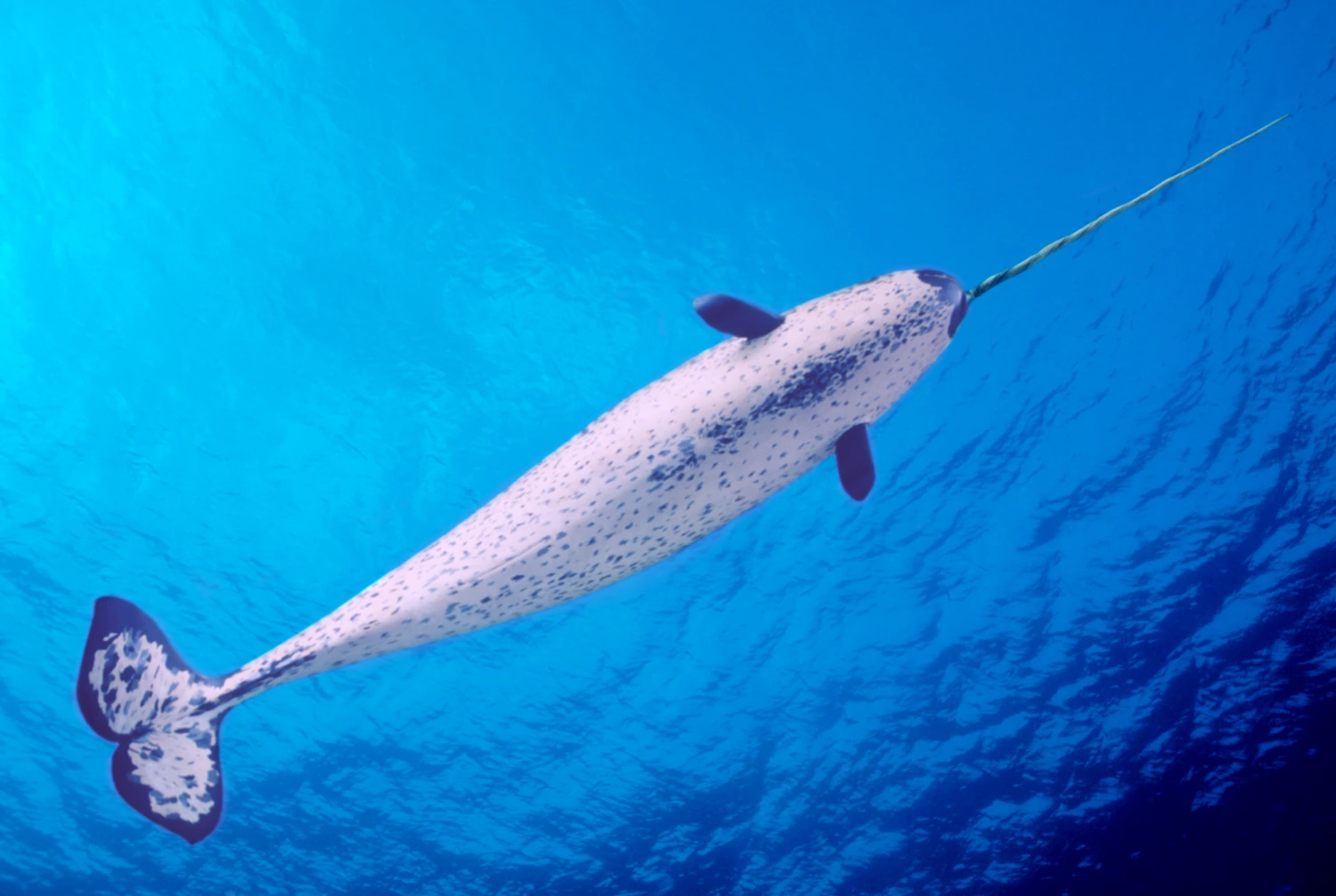
Alternative Names: Unicorn Whale / Hanipil (Monodon unicornis)
Location: Migrates between the southern coast of /kr/ in summer and Maximus Ocean in winter.
Birthing Behavior: Calves are birthed in summer in coastal inlets of southern /kr/.
Feeding Behavior: Hunts fish, mollusks, and crustaceans near the seafloor for male and on the seafloor for female and juvenile.
Physical Characteristics: Skin is pastel-colored and changes depending on age and diet. Adult male has a long, straight, helical tusk protruding from the upper lips. Tusked female and two-tusked individual is sometimes observed. The tusk is a sensitive sensory organ that is primarily used to detect ocean environment and share it with others through rubbing. Some has hardened, chuubanite-infused tusk that is used to hunt larger marine animals, which is believed to be tied to the consumption of chuubanite-rich sediments in estuaries in /vnug/.
Archaeocetes
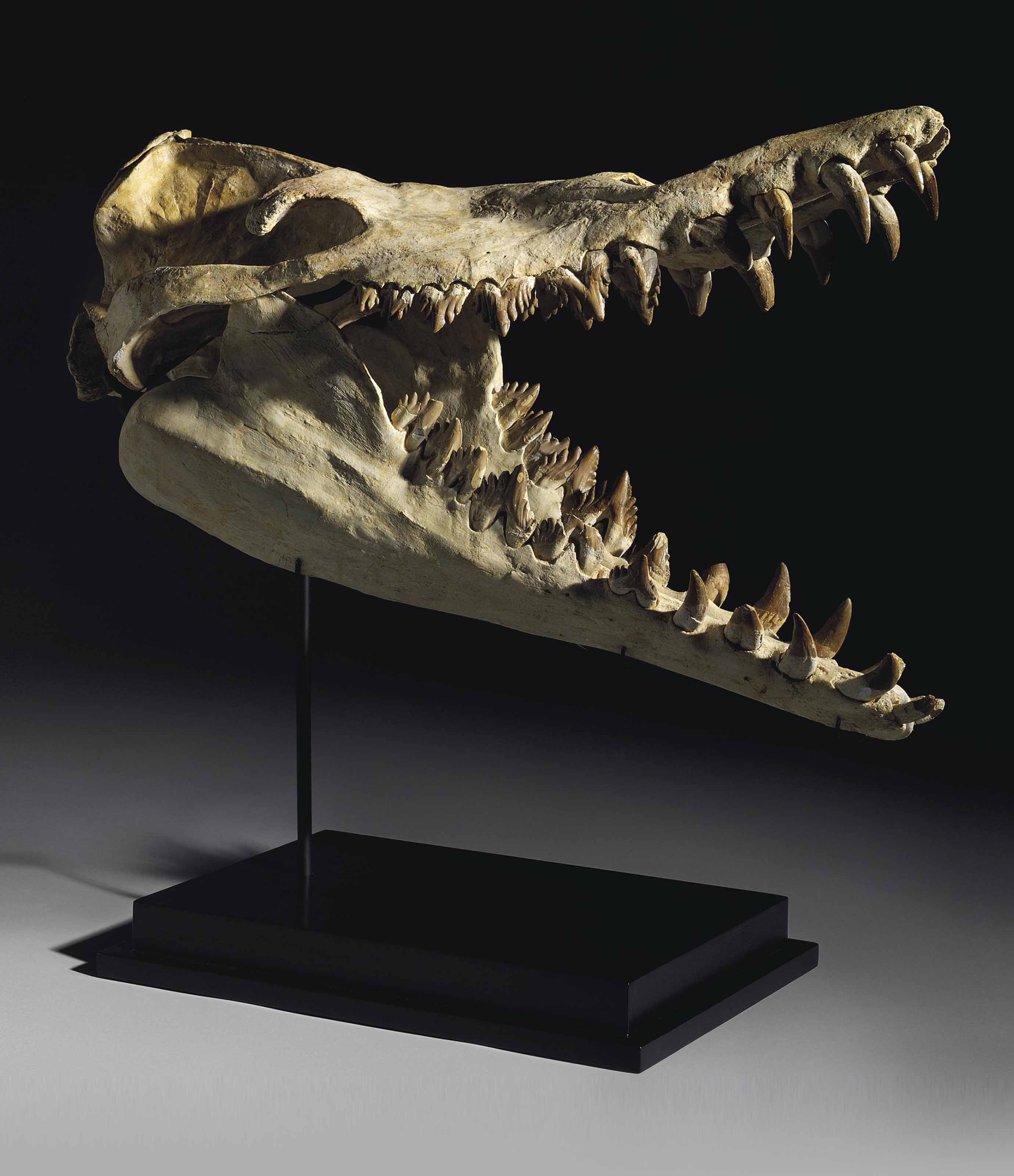
Archaeocetes, or ancient whales, have genetically been determined to have diverged evolutionarily from the mysticetes and odotoncetes families dozens of millions of years ago. They are distinguished from other types of whales by a more elongated body, reptilian head, and sawtooth-shaped teeth. These whales tend to be ambush predators who prowl close to the seafloor, either in the abyss or near coasts. They often use their superior speed to rush down prey and tear apart one of their vulnerable points with their dangerous dentition.
Serpent Whales (Basilodae)
Ailivian Serpent Whale
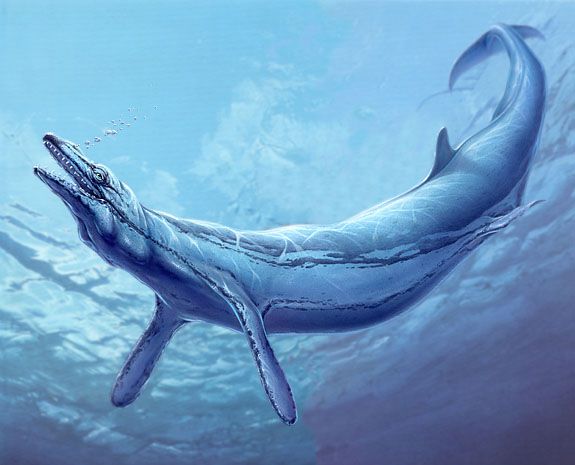
Location: Found rarely in most of the Eastern Ailivian Ocean.
Risu's Whale
Location: Found on the East coast of the Holocontinent.
Furry Whales (Paellicidae)
Council Sea Furred Whale
note WIP
Location: Moves North and West of the Eastern Council waters outside of summer; Females and calves stay near the East and Males roam all over the Council Sea and Heavenly sea, though they rarely wander too far from the habitats of the Giant Armored Squids.
Birthing Behavior: Spawns near the warmer waters in Eastern Council waters in summer.
Feeding Behavior: Hunts adult and adolescent squids when it surfaces near midnight zone to feed. Behaves similarly to the Heavenly Seishijira.
Physical Characteristics: Special hair grows almost everywhere on its body, hollow in the inside and very thick (think polar bear hair). Glands secrets chemicals which bonds with chuubanite it ingested through smaller fishes and obtained from the environment. The chemical boned chuuabnite acts as a magic disruptor, not unlike lead compound obelisks used by the Owl Republic to disrupt magic. Hair filled with the substance protects it from magic used by its prey, which prominently includes the armored squid. Older specimens has longer and thinner hair. Thinner hair has a much longer and stronger anti-magic life span compared to the obelisks, where leftover chuubanite compound completely fills the hair, and the whale stops secreting the chemical. The hair disrupts magic by absorbing the magical energy through the bonded chuubanite. A large amount of this energy is dissipated via the natural dissipation of vitubium, facilitated by the effect of the bonded substance, though some of it also enters into the whale's body in the form of "charged" chuubanite.
Hard nodules dotted throughout it's body, mostly in the front. Defense role very minor, houses sensory organs to compensate for weaker detection due to hair covering whole body. (think narwhal tusks).
Economical Products: Thinner hair used to weave anti-magic fabric, which helps mitigate offensive magic, physical and psychological. Can be used in environments where magic disruption is strong but also prohibitively expensive. As a status symbol, early fabric can only be made from stranded whales, use of them is only expanded after long distance whaling starts to mature. Thicker hair with chuubanite left in it is treated and used to reinforce armors. Hair without chuubanite can be used like baleen after treatment. But most important material derived is spermaceti, early demand pushed by need for lubricant in manufacturing machinery. Candles and perfume are relatively secondary, but large and experienced whaling fleet makes the Republic one of the biggest exporter of whale derived product.